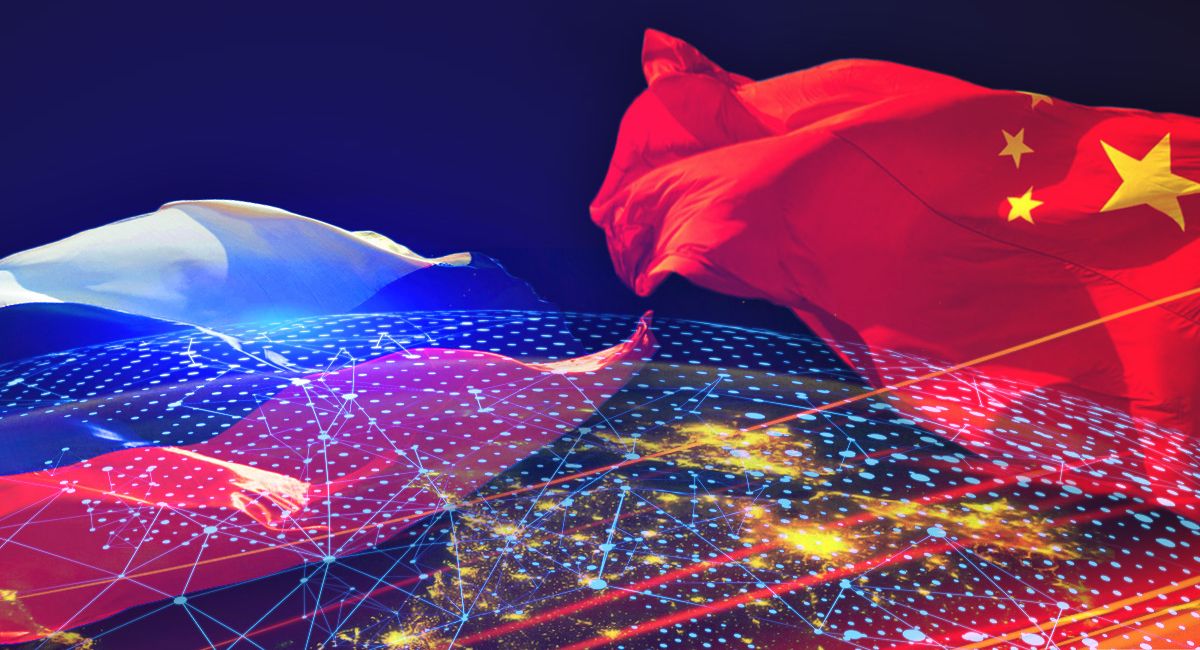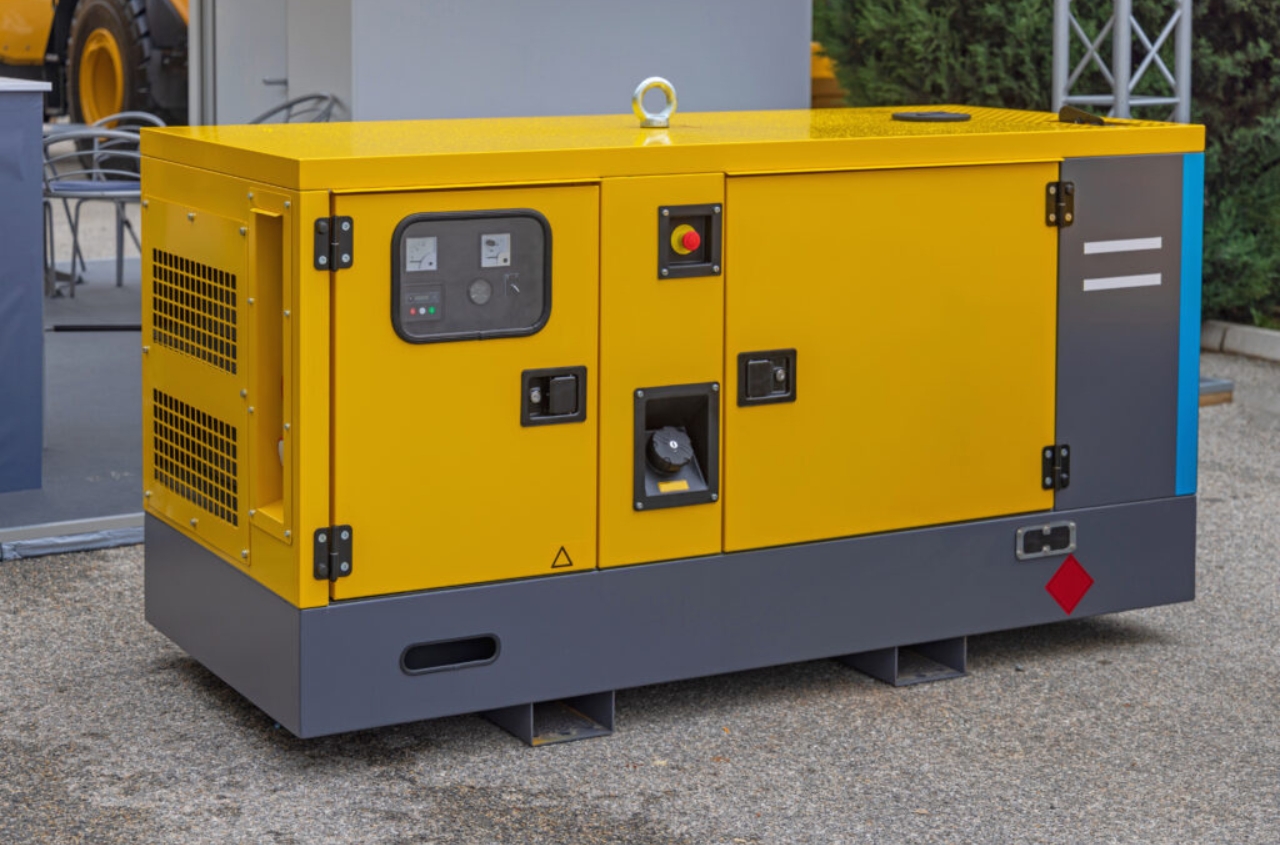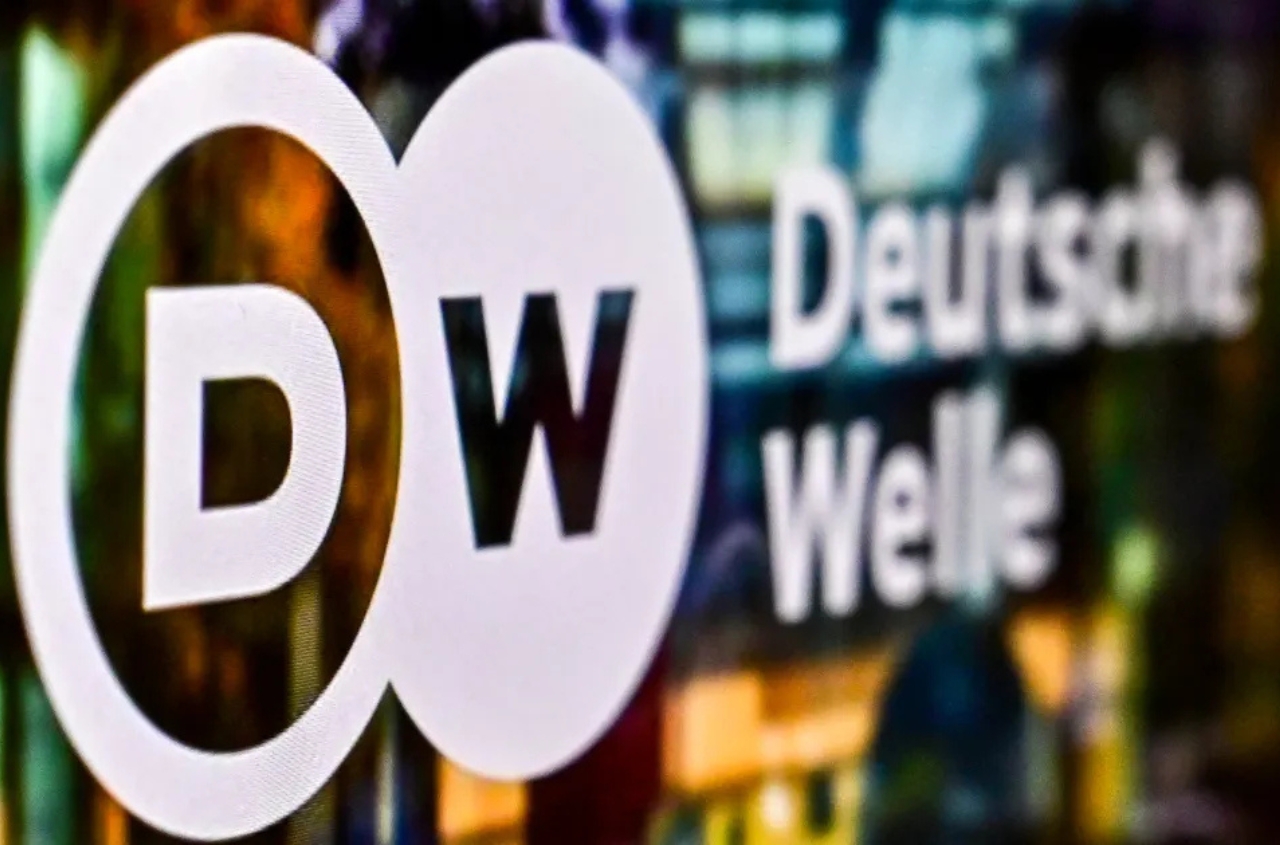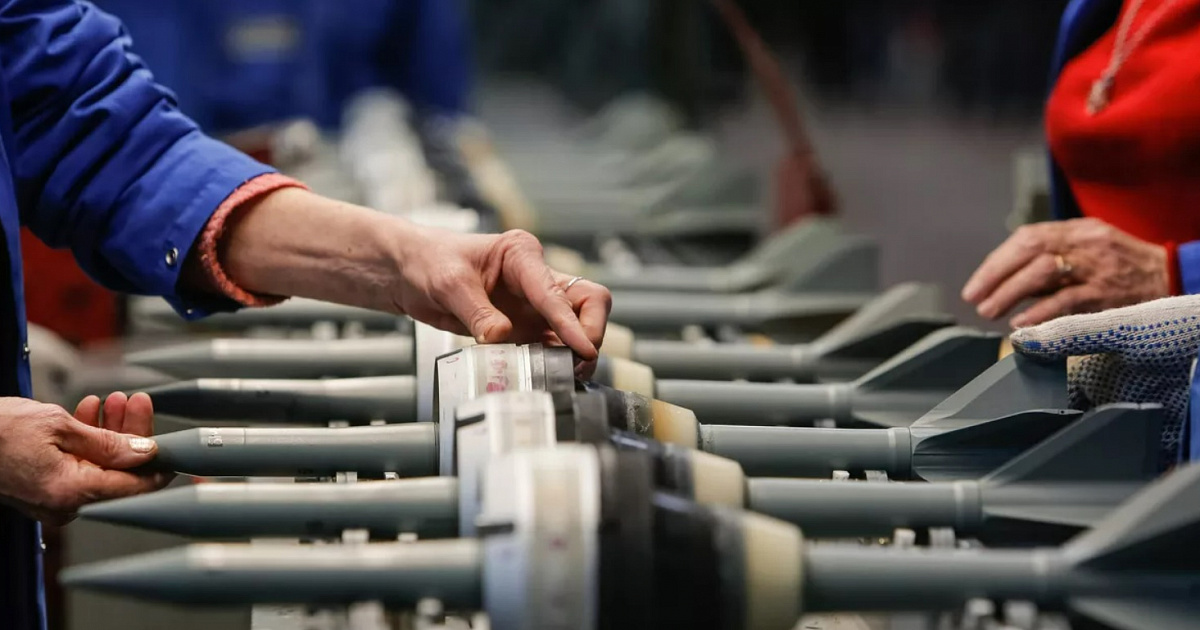About 80% of the components Russia uses for weapons production come through China, posing the biggest challenge to the EU’s sanctions policy.
This was stated by David O'Sullivan, the EU Special Envoy for Sanctions Implementation related to Russia’s aggression against Ukraine, during the “Fair Play: Honest Game” conference on additional sanctions against Russia held Friday in Kyiv, reports Ukrinform.
“About 80% of these goods enter Russia via China or Hong Kong and China. It’s a very difficult conversation. When President von der Leyen, or President Costa speak about this at summits, or our member states, President Macron, Chancellor Scholz when he was in Beijing — the Chinese usually respond: ‘We don’t understand what you mean. We don’t supply anything with military use for Russia.’ So we keep pressing, but the response is lukewarm. You see this in many products made in China. These are Chinese copies of Western brands,” explained O’Sullivan.
He added that similar difficult negotiations happen in Malaysia, Southeast Asia, Thailand, and Singapore, where he plans to go again next month, as many local companies are subsidiaries of European firms.
“It’s complicated because many of these items are made by subsidiaries of our own companies. And I’m often told: ‘Mr. Sullivan, it’s good you are here, but aren’t these your companies?’ We work very closely with them, and I want to stress — none of the European companies, and probably none in the US, want to take part in trade that ultimately leads to weapon manufacturing,” he emphasized.
According to the special envoy, companies have introduced clauses banning resale to Russia and conduct client checks, but at some point their components disappear into a “wild field,” making supply chain control impossible.
Still, this policy has slowed and made supply flows less predictable and more expensive. He cited an example of server shipments from India to Russia stopping after the US imposed sanctions on the Indian company.
“I try to explain to manufacturers in third countries that these components — especially a list of 50 joint priority categories we prepared closely with Ukrainians — may seem harmless. These include optical readers, integrated circuits, microchips, flash memory cards, which are found in our phones and computers. But when they get to Russia, it becomes weapons of war,” O’Sullivan detailed.





















